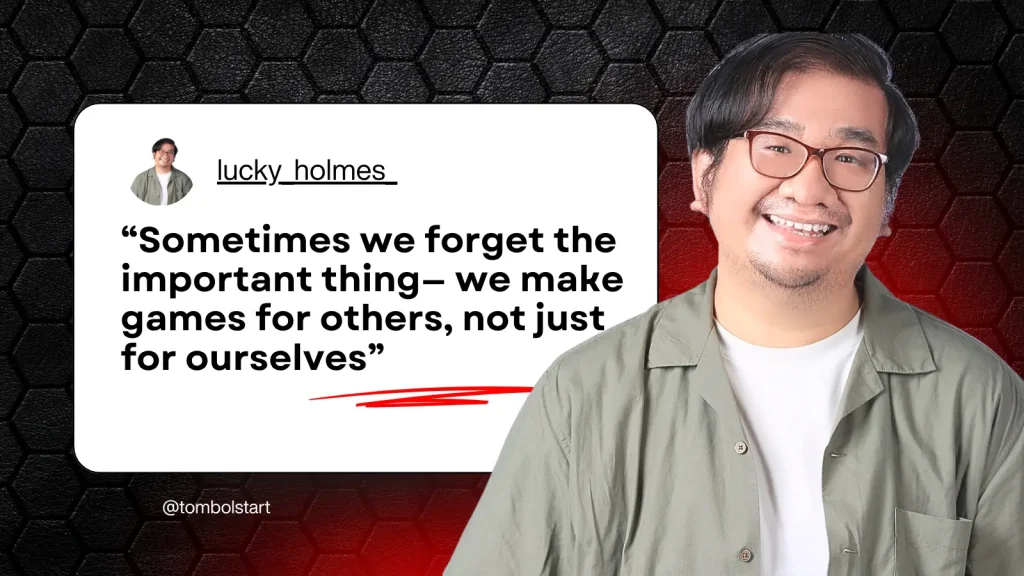Sometimes, even the coolest-looking games flop. They show off stunning visuals, smooth mechanics, and unique ideas— yet players ignore them. For many indie developers, this stings. They spend months, even years, only to launch something that no one notices.
Lucky Putra Dharmawan, founder of Eternal Dream Studio, understands this well. He once released a game that captured his creative vision. He believed it would connect with players. But after launch, the numbers said otherwise as almost no one downloaded it.
Common Missteps
Lucky poured everything into the project, an original concept, and visuals that reflected his style. Yet the game struggled to gain traction. The issue didn’t come from bugs or poor design. Instead, it lacked a strong connection with its audience. At that moment, Lucky realized he had created a game for himself, not for a specific group of players.
“Sometimes we forget the important thing—we make games for others, not just for ourselves,” he said.
This situation appears often in indie game marketing. Developers create with passion, but many overlook how players discover and connect with games. Without knowing who the game targets and why they should care, even the most creative ideas fade.
Knowing Your Players
After that early setback, Lucky dove into audience research. He stopped guessing and started learning what players actually wanted. He explored trending genres, engaged with communities, and listened carefully. Then, he continued crafting games with his voice but brought in more clarity and focus.
Lucky now asks four questions with every new project:
- Who is the audience
- What genre do they play
- Why should they care about this
- How will they discover it
These questions may seem basic, but they shape everything from mechanics to messaging. Without answers, even standout games vanish in a crowded space.
Baca Juga! Tantangan Freelancer: Menyeimbangkan Kerja dan Hidup!
Marketing Is Part of Dev
Indie devs often split development and marketing. But in today’s world, the two work best together. Building a game only marks the start but you must also build interest. If players don’t see your game, they won’t play it.
Marketing doesn’t need to feel corporate or cost much. Start simple. Share devlogs, post updates on social media, ask for feedback in Discord, or connect with local communities. Indie games grow best through connection, so involve your audience early.
The Game Beyond You
View this post on Instagram
Indie devs don’t need to give up passion. Instead, they should align it with purpose. Lucky never stopped creating games he loved, he simply shaped them to welcome others in. That blend of vision and audience focus helped him grow a sustainable studio.
Marketing plays a major role in that growth. It’s not just the final step but it weaves through the entire creative process. From idea to release, every choice should reflect both personal excitement and audience value.
When you pair creativity with purpose, your game becomes more than a product and it will starts a conversation. One that invites players in, holds their interest, and stays with them long after the credits roll.
Baca Juga! Bangga dengan Game Lokal Indonesia: Karya Anak Bangsa yang Mendunia
Reference:
Lucky Putra Dharmawan – Founder/CEO of Eternal Dream
Eternal Dream Studio – Game Developer

